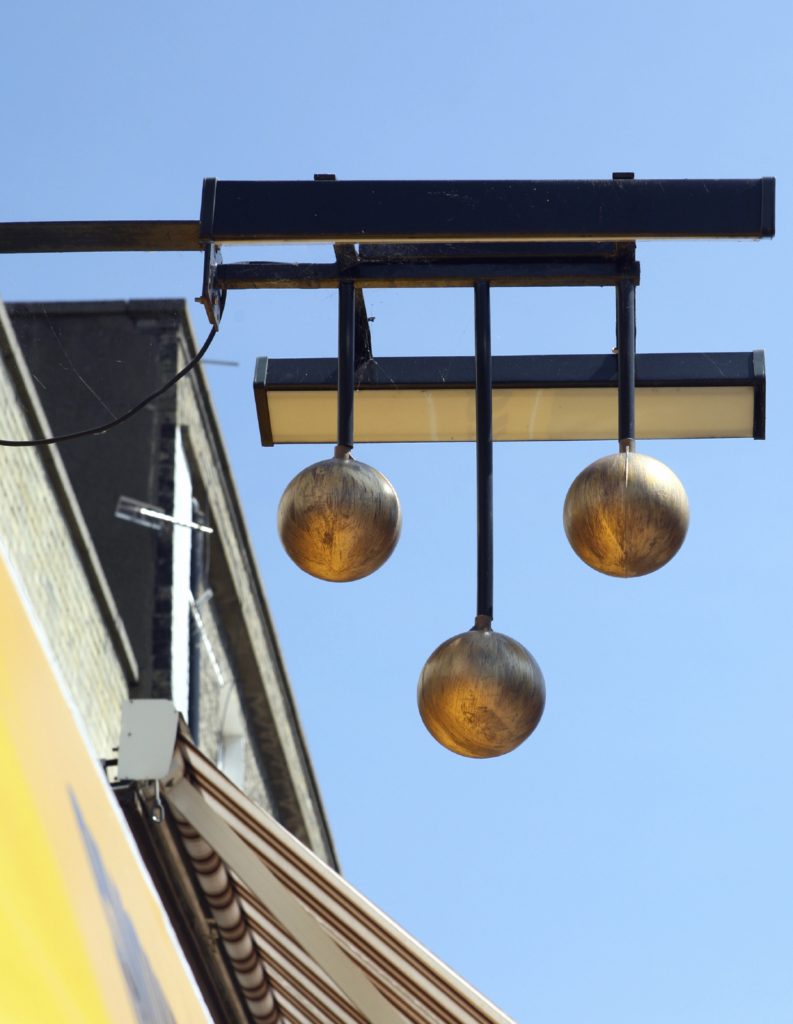Pawn loans are one of the earliest forms of lending, with the first seen in ancient China and early Greek and Roman civilizations somewhere around 3000 years ago. It’s likely that Columbus’s journey to America back in 1492 was financed through a pawn loan. Queen Isabella of Spain is rumored to have pawned the crown jewels in order to get the money the explorer needed. Pawnbrokers even have ties to the much loved St. Nicholas, also known as the patron saint of pawnbroking. The three golden balls used as the symbol of a pawn shop are taken from the story of St. Nicholas leaving three bags of gold for a poor man to use as dowries for his three daughters.
The first pawn shops to actually identify themselves as such in the United States were established sometime in the early 19th century. While these pawn shops looked much different from today’s modern pawn shops where people commonly pawn diamond jewelry, Rolex watches and gold, they still operated under the same basic premise – an equal opportunity lender to any who had valuable, resalable collateral for the time.
Early pawn shops may have accepted winter coats or pots and pans, rather than electronics and jewelry but they still helped individuals get the cash they needed to make ends meet. Pawn shops in urban areas in the United States grew rapidly, due in part to the low wages paid by the growing domestic manufacturing sector.
In the early to mid-1800’s a pawn loan could be crucial for families struggling to pay for food, housing and other basic expenses. Similar to today’s pawn shop uses, business owners were known to use pawn loans in order to make payroll, and even the rich would make use of a pawn shop to help finance a vacation. The reputation of the pawnbroker in public perception is changing again as more and more people have come to need the service in the wake of the struggling economy.
